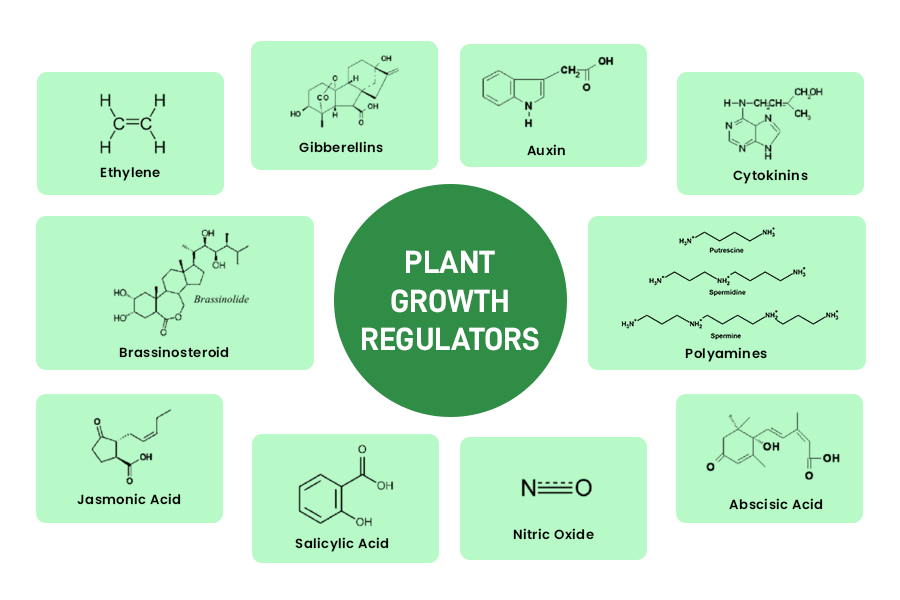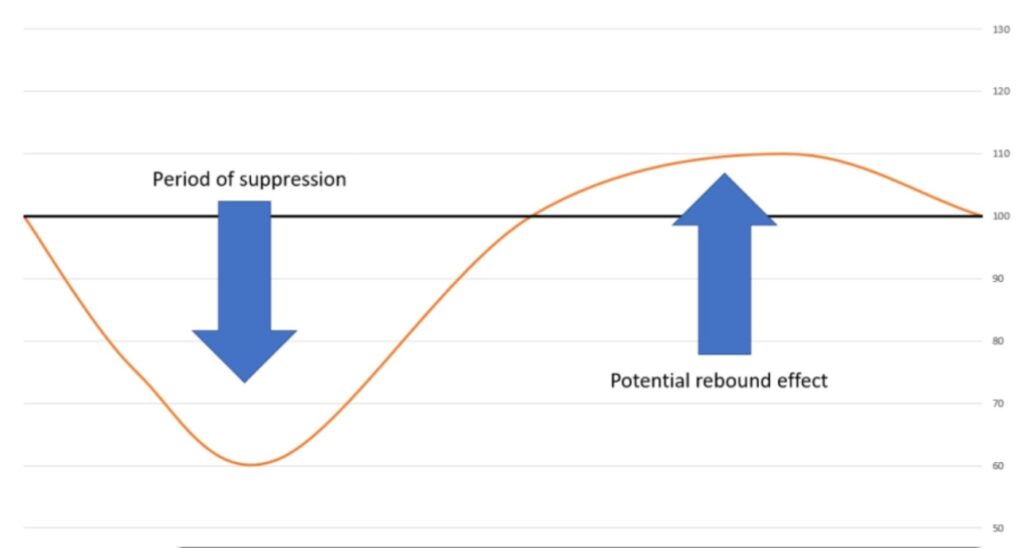Growth regulators are used in sports turf primarily to regulate and suppress grass growth. That has advantages for time and cost savings, but also some real advantages for maintaining consistent surface playability. You can vary the amount of suppression by increasing the application rate. Essentially, the higher the rate, the less the turf will grow – but always follow the labels, as too much PGR can significantly stunt grass leaving it yellow and struggling to achieve any recovery from wear. The amount of suppression is dependent on the turf species, the rate of product, and growing conditions, but suppression of up to 50% is achievable – if desired. By adjusting the rates and application intervals, you can control the amount of suppression and the consistency of results.

Does it just suppress growth?
No – there are a range of other benefits:
- Sward density
- Improved putting surfaces
- Better turf health
- Reduced fertiliser requirements
- Increased rooting
How long does the growth suppression last?
Studies have shown the longevity of PGR effects is largely dependent on the temperature after application. Whilst increasing the rate you apply will have some impact on longevity, to see significant differences you would need to dramatically change the rate. It would be unusual to alter rates significantly, but since different cutting heights and turf species require different rate ranges to be effective, it’s useful to read the product labels to enusre you are using the correct amount.
What influences its longevity?
Since the effects of PGRs are infulenced by temperature, it comes as no suprise that:
- The colder it is – the longer it lasts.
- The warmer it is – the sooner the effect wears off.
Therefore, when it’s cooler, you can stretch the periods between applications out wider, and when it’s warmer, you’ll need to pull them closer together to get the same level of desired suppression.

What happens if you get the timings wrong?
If you re-apply more plant growth regulators before the initial effect begins to wear off, you start to increase the amount of growth suppression. The turf will grow less than normal and less than it did after the first application. This is known as “stacking” or “layering”, where you can keep overlaying PGR applications to achieve high levels of growth suppression. It is a great method to use if maximum suppression is your objective.
In practice, this can often occur inadvertently in the spring, when the temperatures are cool and turf is only growing slowly, but fortnightly applications are being made. This effect quickly wears off when the temperatures pick up and normal levels of suppression are returned, although an increase in growth could be perceived, the turf will still be under regulation by the PGR – just not as much as it was previously.
However, if you allow the PGR to completely wear off before reapplying, then you risk a “rebound” effect. This is where you see additional growth over and above what you would normally expect to see. You can see this in the graph above.
If we think about how a PGR works, it’s altering the plant’s natural growth hormones. Allowing the plant to come out of this growth suppression can sometimes stimulate more hormone release and lead to additional growth – you’ll just have to trust me on this one for now.
The key to consistent results lies in how you can best keep turf in the optimum point of suppression that works for you.
